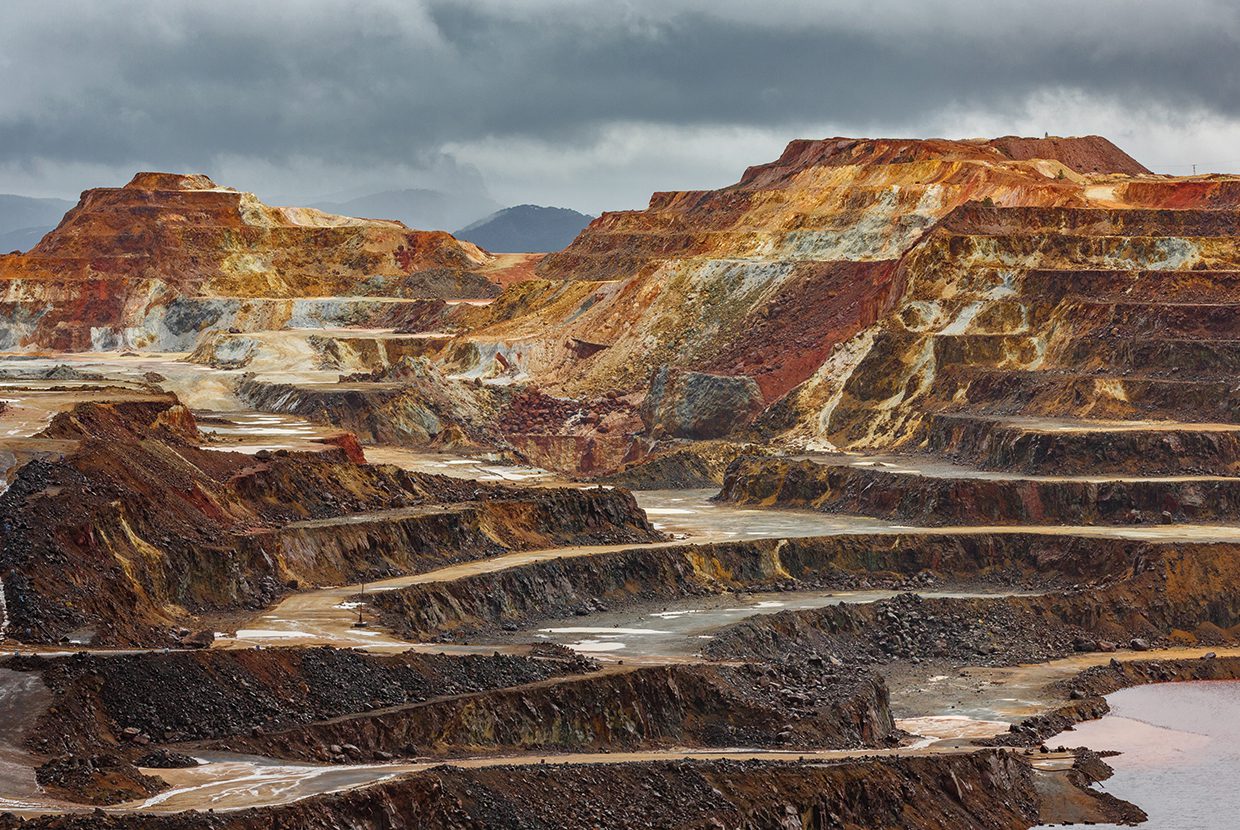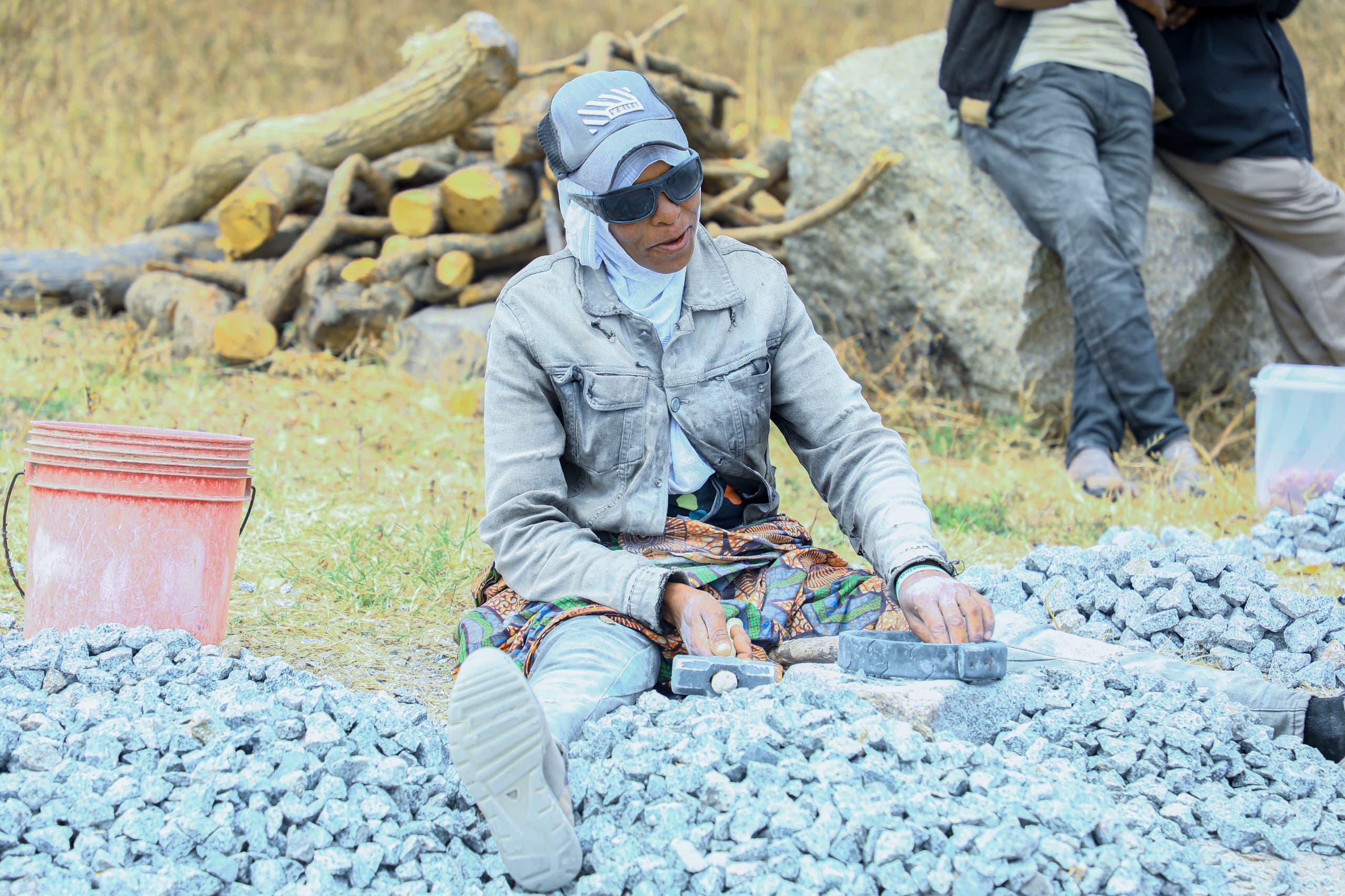

The Arctic region’s abundant deposits of critical raw materials (CRM) have established it as a key player in global efforts toward sustainable resource extraction and energy transition, as highlighted in the Arctic Economic Council’s 2024 report. These materials, vital for renewable energy technologies and modern advancements, emphasize the region’s strategic role. Similarly, Africa’s rich mineral reserves present a significant opportunity to draw from the Arctic’s deliberate and successful strategies. By embracing public-private partnerships, adopting advanced mining technologies, and implementing inclusive practices exemplified by the Red Dog Mine partnership, Africa could redefine its mining sector sustainably.
CRMs are indispensable for reaching global net-zero emissions targets. Minerals like lithium, cobalt, and nickel are fundamental to battery technologies for electric vehicles and energy storage solutions. According to the International Energy Agency (IEA), CRM demand is projected to almost triple by 2030, reinforcing the urgency for structured and forward-thinking mining strategies. African policymakers have the chance to adapt Arctic-inspired frameworks to overcome existing challenges, including infrastructure limitations, governance gaps, and workforce deficiencies.
Indigenous communities are central to Arctic mining operations. The collaborative models seen in Alaska’s Red Dog Mine, as highlighted in the Arctic Economic Council’s 2024 report, demonstrate meaningful engagement and equitable benefit-sharing. Operated in partnership with the NANA Regional Corporation, representing Iñupiat communities, this mine ensures local populations benefit through royalties, employment, and infrastructure improvements. Such frameworks emphasize trust-building, co-management, and respect for indigenous knowledge.
Historically, local communities in Africa’s mining sector have faced marginalization. Adopting inclusive models like the Arctic’s Impact and Benefit Agreements (IBAs) offers a pathway to better community engagement and sector transformation. Resource-rich regions like the Democratic Republic of Congo and Zambia could integrate these principles, enhancing local support while safeguarding biodiversity and traditional practices. Inclusive mining policies not only boost community welfare but also foster long-term sustainability.
Infrastructure is a cornerstone of Arctic mining’s success, as highlighted in the Arctic Economic Council’s 2024 report. Investments in ports, railways, and energy systems have enabled remote Arctic mines to thrive. For instance, Norway’s Rana Gruber iron ore mine utilizes government-supported railway electrification to achieve carbon neutrality by 2025.
While Africa’s vast mineral wealth remains underutilized, initiatives like the Lobito Corridor in Angola—connecting mines to export hubs—reflect the Arctic’s focus on integrated logistics, showcasing a clear path for strategic improvement. Moreover, innovative green technologies like Sweden’s HYBRIT project for fossil-free steel production can inspire African countries to adopt sustainable mining solutions. By reducing environmental impacts and improving efficiency, such innovations attract global investment while addressing climate change.
The Arctic states lead in circularity and recycling within mining, ensuring efficient resource use and waste minimization. The European Critical Raw Materials Act, featured in the Arctic Economic Council’s 2024 report, emphasizes recycling and secondary material use. Emerging recycling efforts in Africa, such as South Africa’s e-waste initiatives, could expand to include CRM recovery. This shift would align with global trends in sustainability while addressing local resource efficiency challenges.
Additionally, Africa’s solar and wind energy potential provides opportunities to power mining operations sustainably. Arctic Canada’s renewable-powered mines exemplify this integration, showcasing reduced operational costs and carbon footprints. By embracing renewable energy, African mining companies can enhance their competitiveness and attract climate-focused funding.
The Arctic’s CRM strategies underscore the importance of regulatory clarity, workforce development, and collaborative governance. These principles can guide Africa’s resource-rich nations in balancing economic growth with environmental stewardship. For instance, Ghana’s Minerals Development Fund—which channels royalties into community projects—could incorporate capacity-building programs inspired by Arctic vocational training models.
Leveraging its mineral wealth and learning from global best practices, Africa can meet both regional and international CRM demands. The Arctic’s successes and challenges offer a valuable roadmap for Africa’s sustainable resource development, fostering innovation, economic resilience, and long-term growth.


